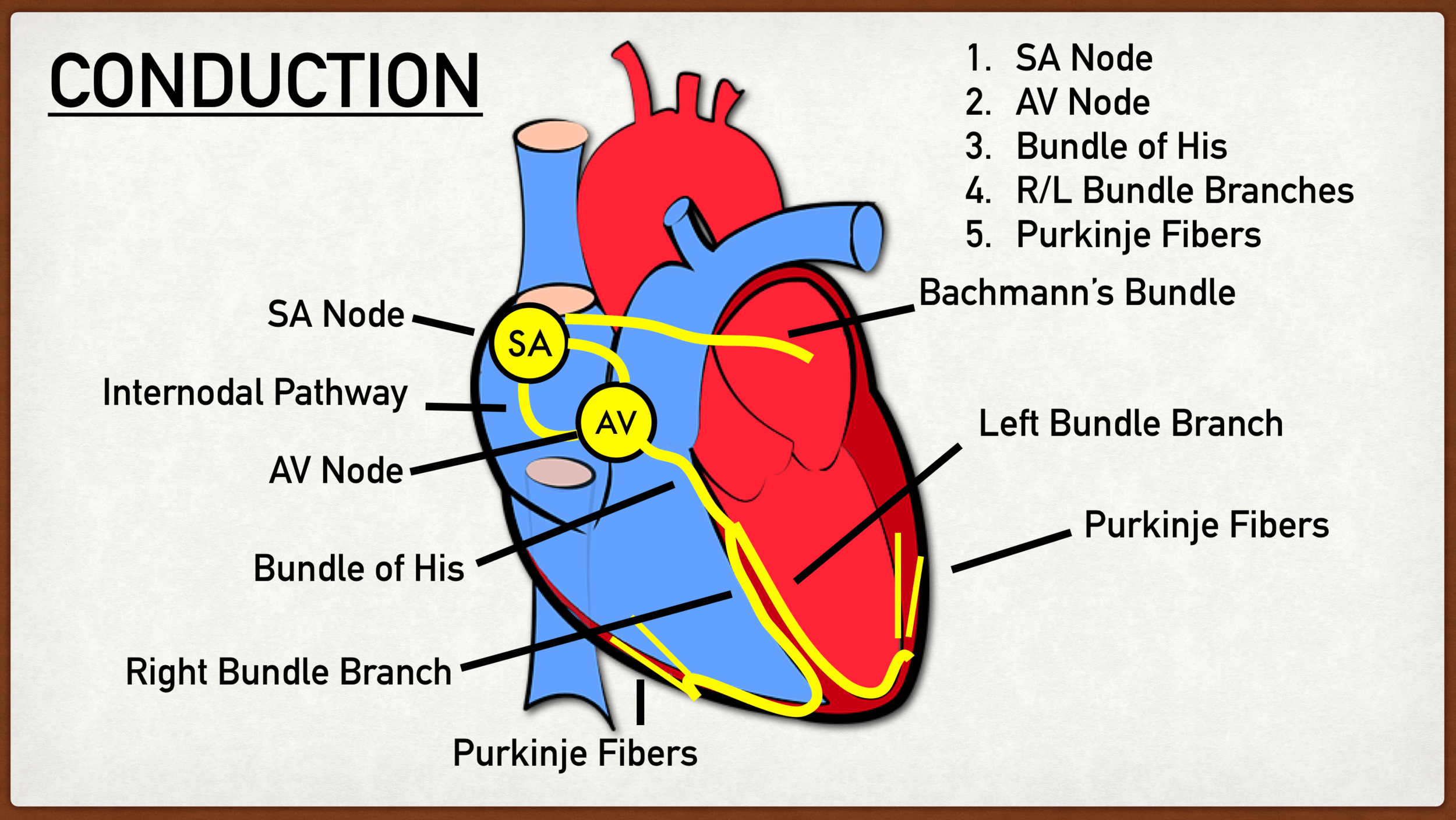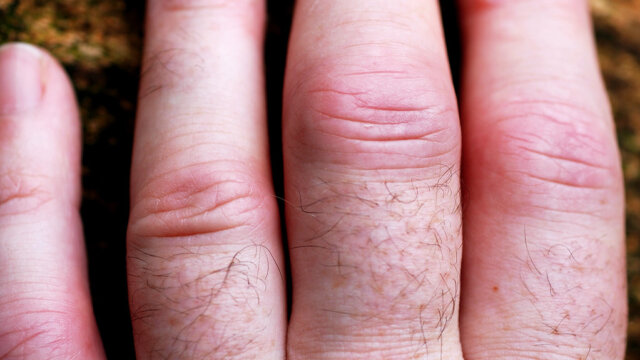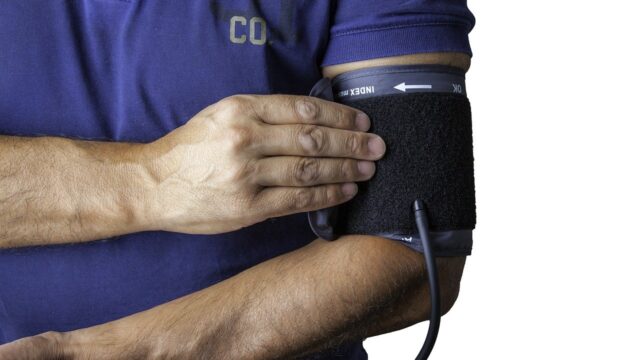FTC disclaimer: This post may contains affiliate links and we will be compensated if you click on a link and make a purchase.
The cardiac conduction system is responsible for transporting blood throughout the heart.
The system consists of a series of chambers with muscles and nerves that allow the heart to pump blood.
The system works using the force of the contraction of individual muscle cells to push blood through the arteries and veins. Every heartbeat is a result of the coordinated action of these cells.
The cardiac conduction system is also called the heart’s electrical conduction system. Throughout a lifetime, a human being’s heart beats an average of 2.5 billion times.
The heart’s cardiac conduction system is responsible for every normal heartbeat. If the system fails to perform normally, it can lead to a severe issue called arrhythmias.
Consider the heart as a hard-working pump that requires electricity to operate.
Learn how the cardiac conduction system works and the exact mechanism behind the heart beats.
Cardiac Conduction System: The Overview

The heart comprises four chambers – two atrium chambers located above and two ventricle chambers below.
The blood collected from the body enters the two atrium chambers that purify it and contract to pass the purified blood to the two ventricle chambers.
These two chambers contract further to pump the blood to the lungs and other body parts. Now the question is what makes these chambers contract.
This is where the role of the cardiac conduction system comes into play. The system generates the electrical impulses and relays them to depolarize (contract) throughout the heart.
Cardiac Conduction System: The Components

The essential components of the conduction system are:
- Sinoatrial Node (SAN): The heart’s pacemaker generates the electrical impulses.
- Atrioventricular Node (AVN): It performs the task of relaying the electrical impulses.
- Bundle of His: It divides into Left and Right Bundle Branch (LBB and RBB) that carry the electrical impulses to ventricles.
- Purkinje Fibers: The tiny fibers emerging from LBB and RBB take the electrical impulses to every cell in the ventricles.
Cardiac Conduction System: How It Works?
Sinoatrial Node (SAN), located in the right atrium, produces electrical impulses that make the atrium chambers contract.
It is important to note that an important component called Bachmann’s Bundle carries the electrical signals to the left atrium. The process of contraction in atrium chambers is technically termed atrium depolarization.
The electrical impulses produced at Sinoatrial Node (SAN) are carried to Atrioventricular Node (AVN), located between the atria and the ventricles.
The Atrioventricular node acts as a relay station of the cardiac conduction system and has a “Bundle of His” connected.
The “Bundle of His” branches further into the Left Bundle Branch (LBB) and Right Bundle Branch (RBB), reaching the left and right ventricles, respectively.
The electrical signals from the Atrioventricular node (AVN) pass through the “Bundle of His” and are carried further to the ventricles by Left Bundle Branch (LBB) and Right Bundle Branch (RBB).
Further, the ventricles contract after receiving the signals, and this process is called ventricle depolarization.
Purkinje fibers are small sub-branches of the Left Bundle Branch (LBB) and Right Bundle Branch (RBB) that take the electrical signals to each of the thousands of ventricle cells.
Another process that is a part of the cardiac conduction system is the repolarization of atriums and ventricles.
During this process, the Sinoatrial Node (SAN) and Atrioventricular Node (AVN) nodes recharge to produce and coordinate another electrical signal.
Cardiac Conduction System: Heartbeat Statistics
The cardiac conduction system helps the heart produce 60 to 70 beats per minute.
This means that one beat is produced per second. It is interesting to note how this one second of every beat is divided:
- Atrium Depolarization: One-third of a second
- Ventricle Depolarization: One-third of a second
- Repolarization: One-third of a second.
It is incredible how the whole system performs three different processes within one second of every heartbeat while not putting the heart at rest.
Moreover, it is worth noting that different parts of the cardiac conduction system can generate 140-200 electrical signals (or heartbeats) per minute that are divided as:
- Sinoatrial Node (SAN): 60-70
- Atrioventricular Node (AVN) (if SAN performs abnormally): 40-60
- Bundle of His: 30-40
- Ventricle cells: 20-30
The cardiac conduction system generates and coordinates the electrical impulses that accomplish normal heart and body functioning.
Electrocardiogram (ECG) is the machine used to monitor the cardiac conduction system in case the heart starts beating abnormally.
Conclusion
The cardiac conduction system is a vital part of the human heart that enables every heartbeat.
This system transmits electrical impulses throughout the heart, leading to contraction.
The heart’s electrical system coordinates the contractions of the heart muscles and ensures that the heart beats in a regular rhythm.
When the heart’s electrical system malfunctions, it can cause arrhythmias, which can be life-threatening.
Understanding the mechanism behind every heartbeat can better treat and prevent heart-related conditions.








